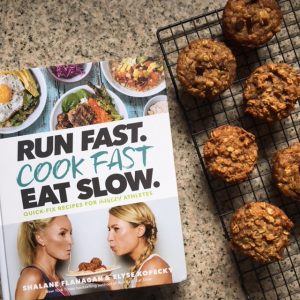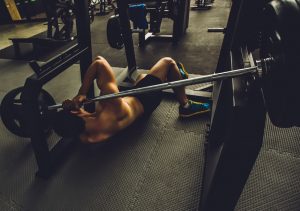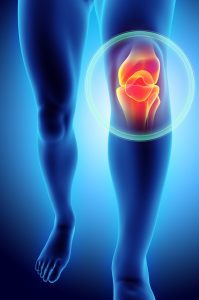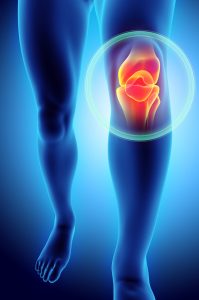Makes: 4 servings
Prep Time: 15 minutes
Total Time: 45 minutes
INGREDIENTS: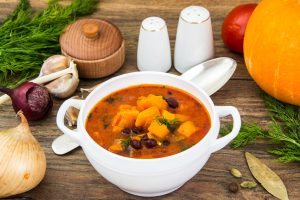
- ½ yellow onion, diced
- 2 garlic cloves, diced
- 1 jalapeño, diced
- 1 tsp olive oil
- 1 lb. ground turkey
- 1 15oz. can black beans, rinsed & drained
- 1 cup vegetable broth
- 2 cups butternut squash, cubed
- 1 14.5oz. can fire roasted diced tomatoes
- 1 green bell pepper, diced
- 1 red bell pepper, diced
- 1 Tbsp chili powder
- 1 tsp ground cumin
- 2 tsp garlic powder
- 1 tsp salt
- cilantro garnish (optional)
DIRECTIONS:
- In a large pot over medium heat, add olive oil, yellow onion, garlic, and jalapeño. Sauté for 3-5 minutes.
- Add turkey and break up into pieces inside the pot. Cook until all sides are browned, about 15 minutes.
- Add the beans, tomatoes, squash and seasonings. Slowly stir in the vegetable broth.
- Raise to a boil then reduce to a simmer. Cook for 30 minutes. Optional to top with cilantro when serving.


